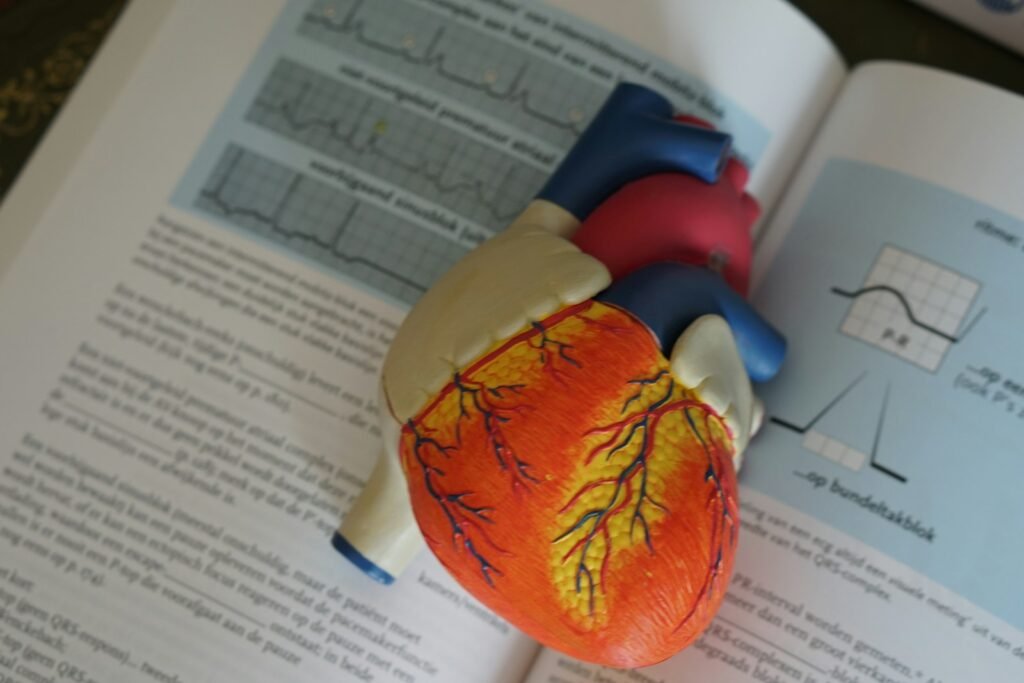Why Tracking More Than Just Your Steps Matters
Most of us have heard the magic number: 10,000 steps a day. Fitness trackers buzz when we reach it, nudging us to get moving. But is step count alone enough to measure how healthy we really are? According to new research, pairing step counts with your heart rate may offer a far more complete picture of your heart health.
Think of it this way: Two people can walk the same number of steps in a day. One takes leisurely strolls, while the other moves briskly with purpose. The difference? Their heart rates tell two very different stories.
Recent findings published by experts at Harvard and other reputable sources suggest that your activity level—and more importantly, how your heart responds to that activity—can help predict your long-term heart health. So instead of only asking yourself, “Did I hit my step goal?”, perhaps it’s time to ask, “How hard is my heart working when I move?”

The Science Behind Heart Rate Zones and Step Counts
Let’s dive a bit deeper. What exactly happens when you track both your steps and heart rate?
Your heart rate gives insight into how intensely you’re working out. This can be especially important for people trying to improve cardiovascular strength or manage their weight. According to health experts, the combination of high step counts and heart-pumping activity is what really supports a strong heart.
Understanding Heart Rate Zones
Heart rate zones are essentially levels of workout intensity. Here’s a quick breakdown:
- Resting Heart Rate: The number of times your heart beats per minute while you’re at rest.
- Moderate Zone: 50–70% of your maximum heart rate. Think brisk walking or light biking.
- Vigorous Zone: 70–85% of your max. Activities like jogging, fast cycling, or HIIT workouts fall here.
By staying in these zones for certain periods, your heart strengthens over time—just like any muscle. Tracking your heart rate while accumulating daily steps helps show whether you’re just moving or actually exercising.
Not All Steps Are Created Equal
Here’s an example: Jane and Mike both walk 8,000 steps today. Jane walks around the house while doing chores. Mike jogs through the park. Mike’s heart rate peaks during his run, meaning he likely spent time in a higher heart rate zone. This data reveals that Mike may be getting more cardiovascular benefit from his steps than Jane.
It’s not to say casual walking isn’t helpful—it absolutely is! But if your goal is better heart health, stronger endurance, and reduced health risks, intensity counts.

How Combining Steps and Heart Rate Improves Your Health
Several studies have shown that higher intensity physical activity is linked to lower risks of heart disease, diabetes, and even premature death. So instead of just focusing on racking up steps, it’s smart to pay attention to how those steps affect your heart.
Benefits of Monitoring Heart Rate Along with Steps:
- More Accurate Measure of Exercise Quality: Helps track effort, not just motion.
- Personalized Fitness Insight: Everyone’s fitness level is different. Heart rate data shows what’s intense for you.
- Preventing Over- or Under-Exercising: Helps avoid pushing too hard or not hard enough.
- Motivation Boost: Real-time feedback can be encouraging and even fun to track!
What Does the Research Say?
In a 2024 study shared by Harvard Health, researchers assessed over 15,000 people using wearable devices. Their findings? Those who accumulated “exertional steps”—steps taken while their heart rate was elevated—had significantly lower risks of all-cause and cardiovascular-related mortality.
Interestingly, participants with fewer total steps but higher proportions of elevated heart rate during those steps still fared better health-wise than those who took more steps without the same heart rate elevation. That means it’s not just about quantity, but quality.

Tips for Getting Started with Heart-Smart Walking
Ready to take control of your heart health? The good news is, you don’t need fancy gym equipment or a marathon plan to get started. Here are a few simple ways to make your steps count more:
1. Use a Fitness Tracker with Heart Rate Monitoring
Many wearables now offer excellent heart rate tracking. Whether it’s a smartwatch or a fitness band, this tool will help you understand your heart’s response to movement.
2. Add Short Bursts of Intensity
Speed up your walk for 1–2 minutes, then slow down. Repeat. This interval-style walking can raise your heart rate and improve heart conditioning over time.
3. Set Both Step and Heart Goals
Instead of just a step goal, try setting a new target: daily minutes spent in the moderate to vigorous heart rate zone. Aim for at least 150 minutes a week of moderate-intensity activity, as recommended by the CDC and American Heart Association.
4. Consistency Over Perfection
You don’t have to be perfect every day. Try to be active most days of the week, even if it’s just a brisk walk in the evening or dancing around your kitchen. Every step—and every beat—counts.
Final Thoughts
Walking is a fantastic way to stay active, but when you combine it with heart rate data, you unlock a deeper understanding of your health. So the next time you’re tracking your steps, take a moment to check your heart rate too. It may just be the small change that sparks a huge improvement in your well-being.
Remember, your heart works hard for you every day—why not return the favor?
Want to dive deeper into your daily activity? Explore apps and devices that help you watch both your daily steps and your heart rate. The better you know your body, the better care you can take of it.
Stay active. Stay heart smart. You’ve got this!














